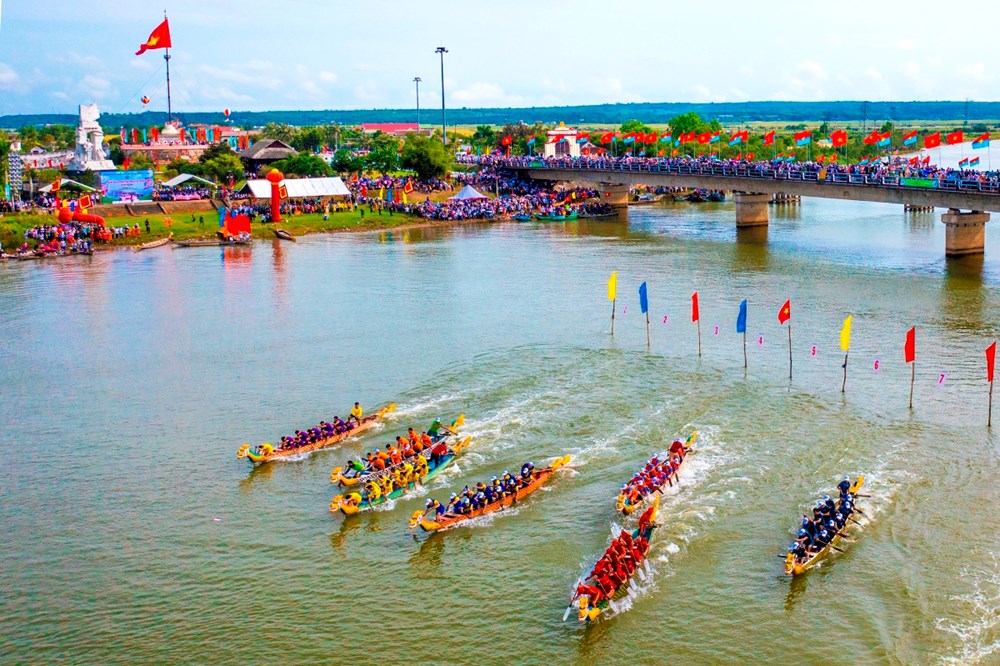Quang Tri - a land full of pride with a rich history and culture, is the site of many significant events in the nation's history. Not only does it have important historical relics, but Quang Tri also has great potential for tourism development, with beautiful natural landscapes, unique cuisine, and the hospitality of the local people.
Boat racing on the Ben Hai River. Photo: DUONG MINH TUAN.
To promote its inherent values and create new momentum for the tourism industry, the local authorities have been focusing strongly on promotional and marketing activities to develop tourism rapidly and sustainably, from the past toward the future.
A land rich in historical traditions and unique cultural foundations
Quang Tri is one of the most historically rich regions in Vietnam. It was once a fierce battlefield during the wars of resistance, leaving behind significant historical relics such as the Quang Tri Citadel, Vinh Moc Tunnels, and the Hien Luong Bridge - Ben Hai River. These landmarks not only hold profound historical significance but also serve as attractive destinations for both domestic and international visitors.
In addition, Quang Tri is home to the unique culture of its ethnic minorities, such as the Pa Kô, Van Kieu, and Ta Oi peoples, with their traditional festivals, customs, and distinctive folk songs. Folk culture blends harmoniously with nature, as seen in the gong dance under the shade of the Truong Son Mountains or the rustic dishes like My Chanh tapioca cakes and Mai Xa shrimp noodle soup. These elements create a unique allure for Quang Tri.
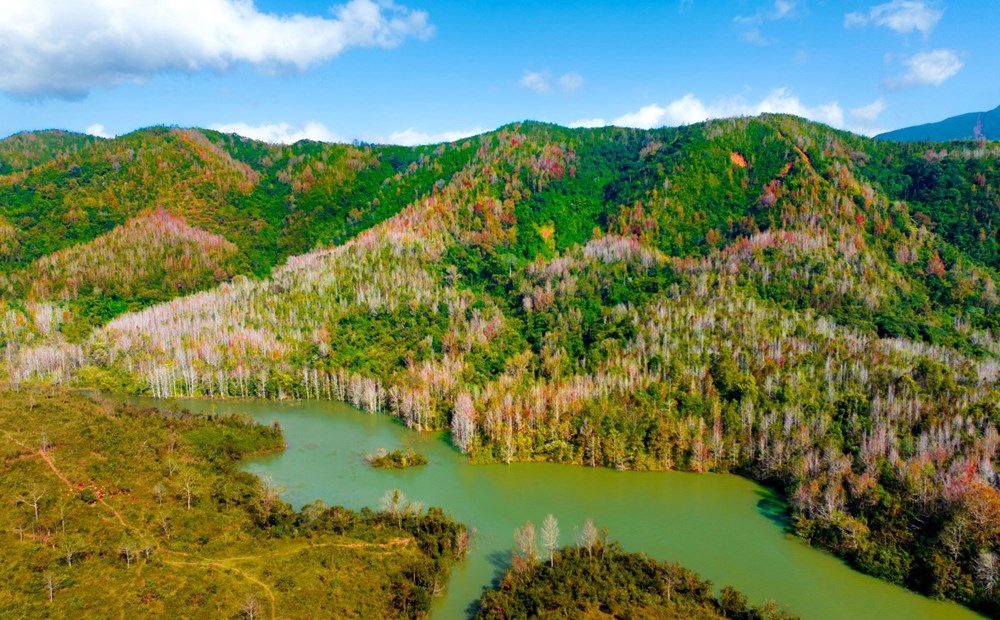
Rao Quan Hydroelectric Reservoir. Photo: V.N.E
In recent years, Quang Tri has made continuous efforts to promote the local image through campaigns via official media outlets, digital platforms such as websites, social media, and smart tourism apps. The province has organized cultural and tourism events like the Peace Festival, the Trans-Asia Bridge Festival, the National Reunification Day at Hien Luong Bridge, and food festivals, which have attracted a large number of tourists and investors. Quang Tri has also actively participated in international tourism fairs and cooperated in promoting destinations in potential markets such as Thailand, Laos, and South Korea.
In practice, several tourism products have attracted many visitors, such as: “War Memories - The Desire for Peace” associated with the Peace Festival; “The Mysteries of Sacred Land”; the program “Gratitude for the Citadel - Warming the River of Fire - Exploring Con Co Island”; the night tourism program at the Truong Son National Martyrs Cemetery - Quang Tri Citadel - Thach Han River Flower Dropping Place... These programs have created strong appeal among tourists.
In 2024, the total number of visitors to Quang Tri reached over 3 million, including 168,000 international visitors. The total tourism revenue reached over 2.4 trillion VND (an increase of 31.8% compared to 2023). Of this, accommodation and travel services generated more than 975 billion VND (an increase of 43.3% compared to 2023). It is estimated that the number of tourists visiting Quang Tri will reach 3.25 million by 2025, in line with the goals outlined in Resolution No. 35/2017/NQ-HDND dated December 14, 2017, by the Provincial People's Council, approving the master plan for tourism development in Quang Tri Province through 2025, with a vision toward 2030.
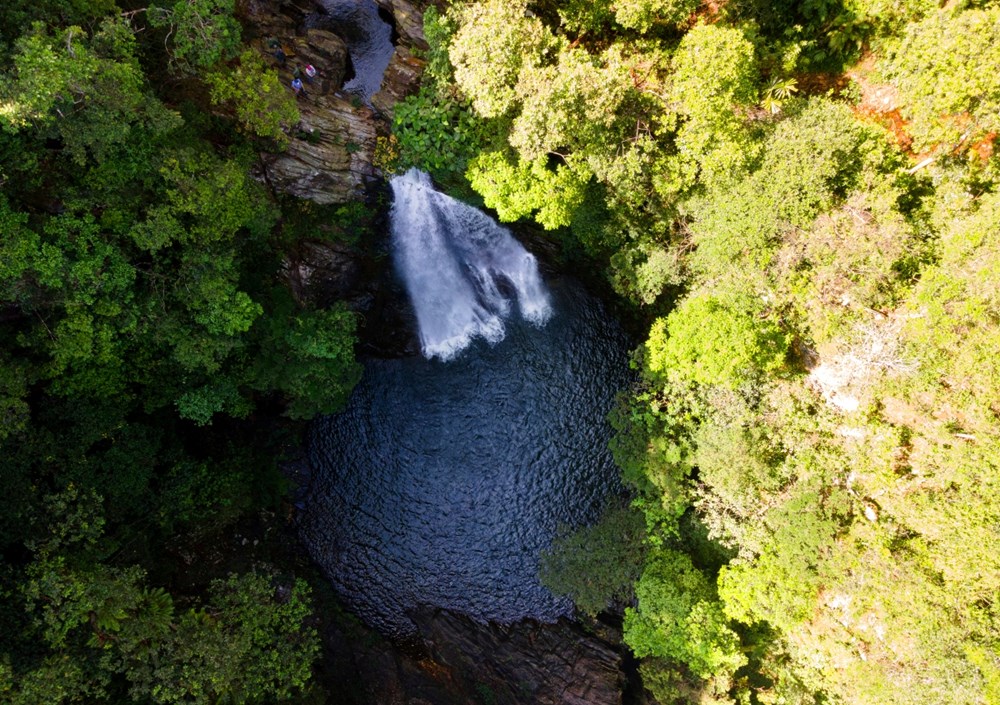
Do Quyen Waterfall. Photo: V.N.E
A structured tourism promotion strategy is needed
Mr. Pham Hai Quynh, Director of the Institute for the Development of Asian Tourism, believes that to boost tourism development in Quang Tri, it is essential to build a tourism brand for the province and enhance its brand communication. Developing a brand is a crucial foundation for promoting tourism. Quang Tri needs to clearly define its core values and create a system of distinctive tourism products with strengths, including: revolutionary history tourism, cultural tourism, nostalgic tours of ancient battlefields and comrades, and DMZ tourism, honoring historical sites such as the Quang Tri Citadel, Vinh Moc Tunnels, the legendary Ho Chi Minh Trail, Hien Luong Bridge, and the Ben Hai River. At the same time, it should develop spiritual tourism tours at places such as the La Vang Pilgrimage Center, the Sac Tu Tinh Quang Pagoda; island and beach tourism to Con Co Island, Cua Tung, Cua Viet; and agricultural and rural tourism to districts like Huong Hoa and Dakrong.
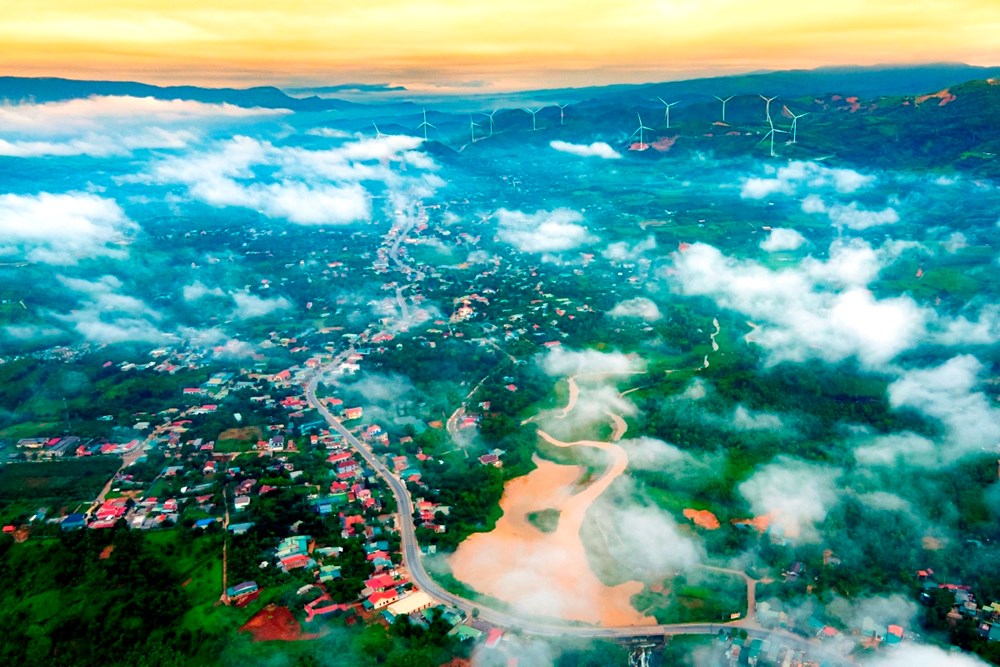
Khe Sanh Town, Huong Hoa District. Photo: Vo Van Thanh.
Focus on exploiting ecological tourism associated with the potential of landmarks such as Klu Hot Springs, Cua Tung Beach, Cua Viet Beach, and the Truong Son Forest. Cultural and culinary tourism should also be promoted by highlighting the folk culture of ethnic minorities and unique local dishes such as Phuong Lang rice pancakes, Gio An wild vegetables, Trong leaf buffalo meat, and Vac Giuong fish porridge.
In addition, it is important to enhance promotion through modern media channels and strengthen the application of digital technology: videos, infographics, e-magazines, and travel blogs to promote on high-traffic news websites and social media platforms such as YouTube, TikTok, Facebook, and Zalo. Invite KOLs and famous travel bloggers to experience and promote Quang Tri's tourism through real-life trips. Develop an online platform integrating destination information, itineraries, booking services, and tour tickets, with continuous updates to meet tourists' service-searching needs.
Organize large events to attract tourists, promote the local image, and connect tourism businesses nationwide. Regularly host tourism festivals, music festivals, food festivals, etc., to showcase cultural values, cuisine, and tourism potential. Connect Quang Tri’s heritage with destinations in the ASEAN region, such as forming the “Indochina Heritage Road” journey. Facilitate travel agencies in promoting and developing specialized tourism products. Provide tourism service training for local communities, raising awareness about the role of tourism in local economic development. Encourage community participation in cultural preservation activities and the development of community-based tourism.
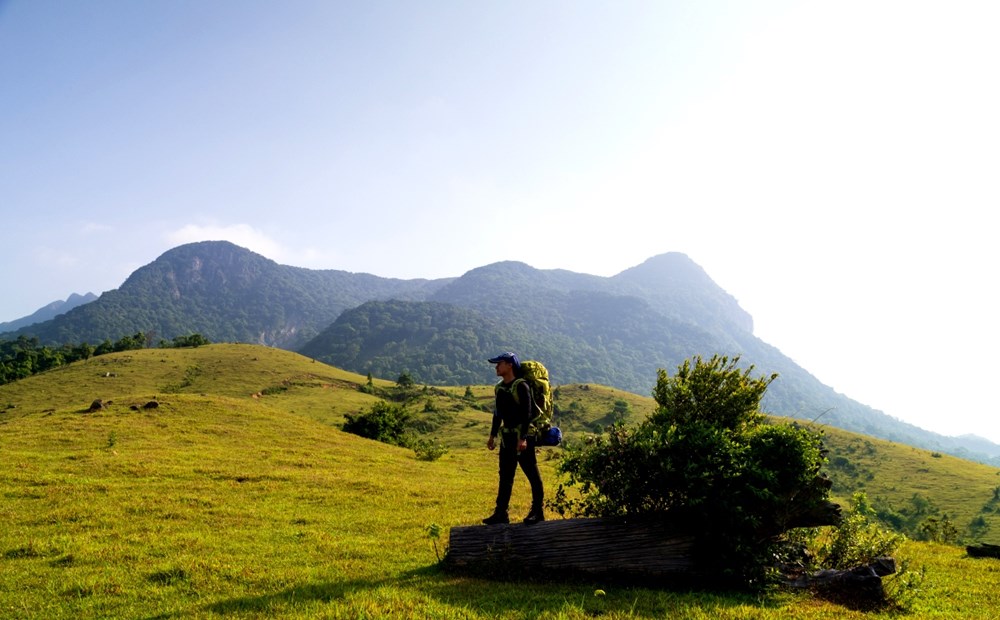
Trekking in Quang Tri. Photo: V.N.E.
Strategic directions for sustainable tourism development in Quang Tri
“To promote tourism effectively and sustainably, Quang Tri needs a long-term strategic vision,” said Mr. Pham Hai Quynh. “This includes enhancing infrastructure investment: developing transportation, accommodation, and support services at tourist sites. Strengthening regional cooperation by collaborating with neighboring provinces like Quang Binh, Hue, Da Nang, and Quang Nam to create attractive connected tourism routes. Focusing on environmentally friendly tourism products and minimizing negative impacts on ecosystems,” he suggested.
From a land with a rich historical legacy, Quang Tri is gradually asserting its position on the tourism map. With a well-structured promotional strategy, synchronized investment, and community involvement, Quang Tri has the potential to become an attractive destination that not only retains visitors but also leaves a lasting impression on everyone who visits.
Mr. Pham Hai Quynh emphasized, “The mission of developing Quang Tri's tourism is not only the responsibility of local authorities but requires the collective effort of society as a whole. Through this, the historical, cultural, and natural values of this land can be preserved and shared with both domestic and international tourists.”
